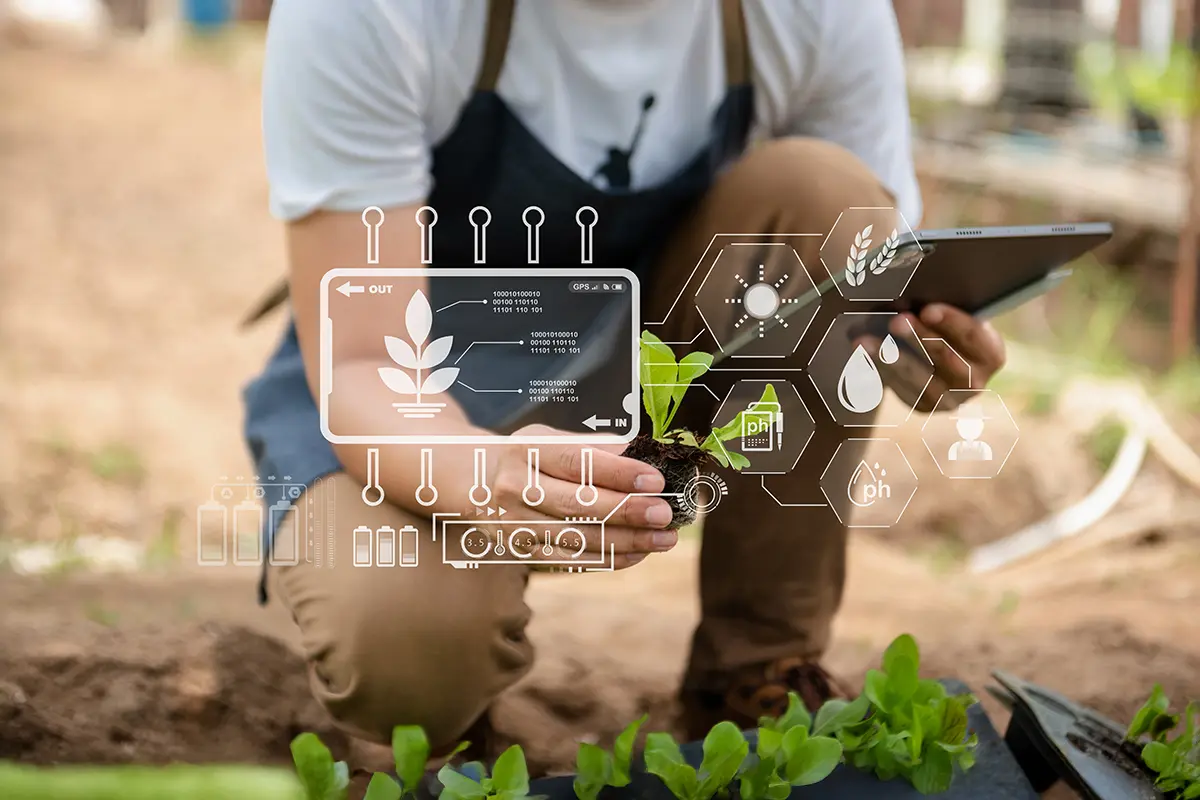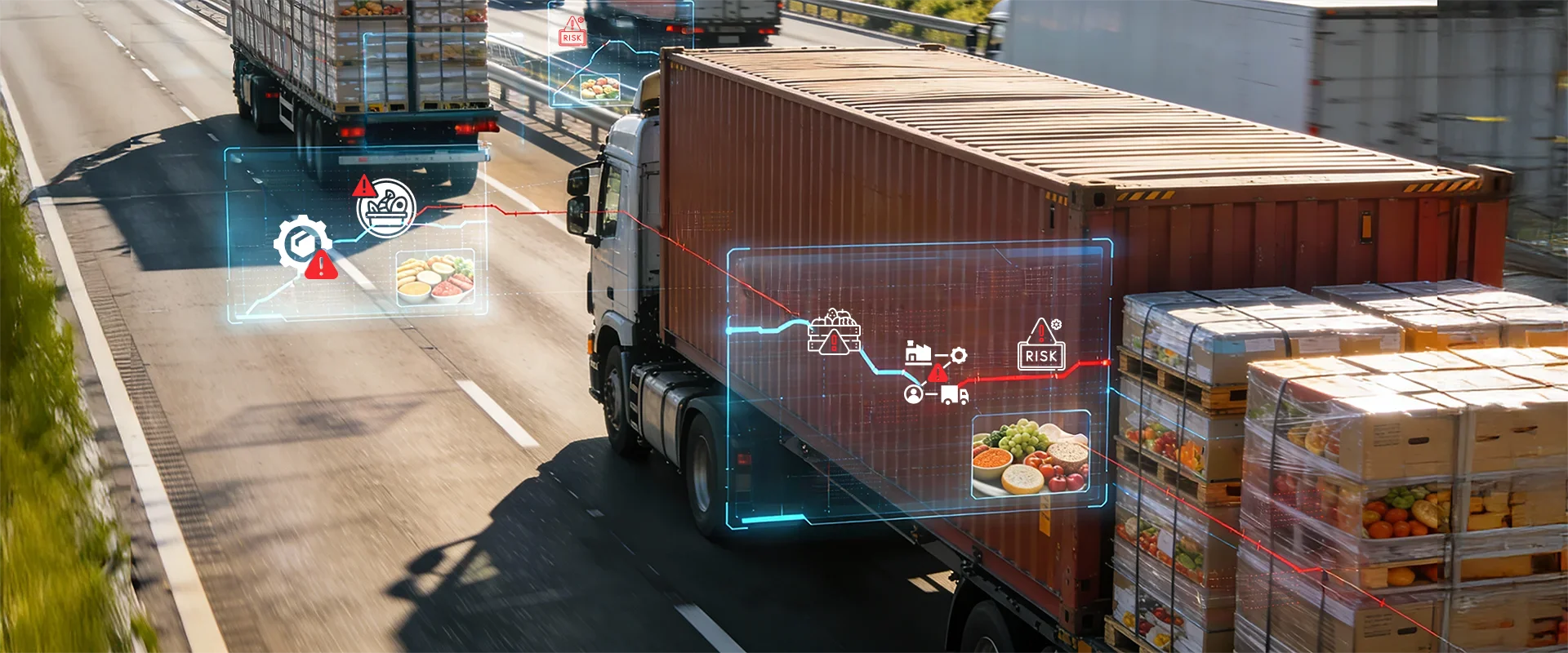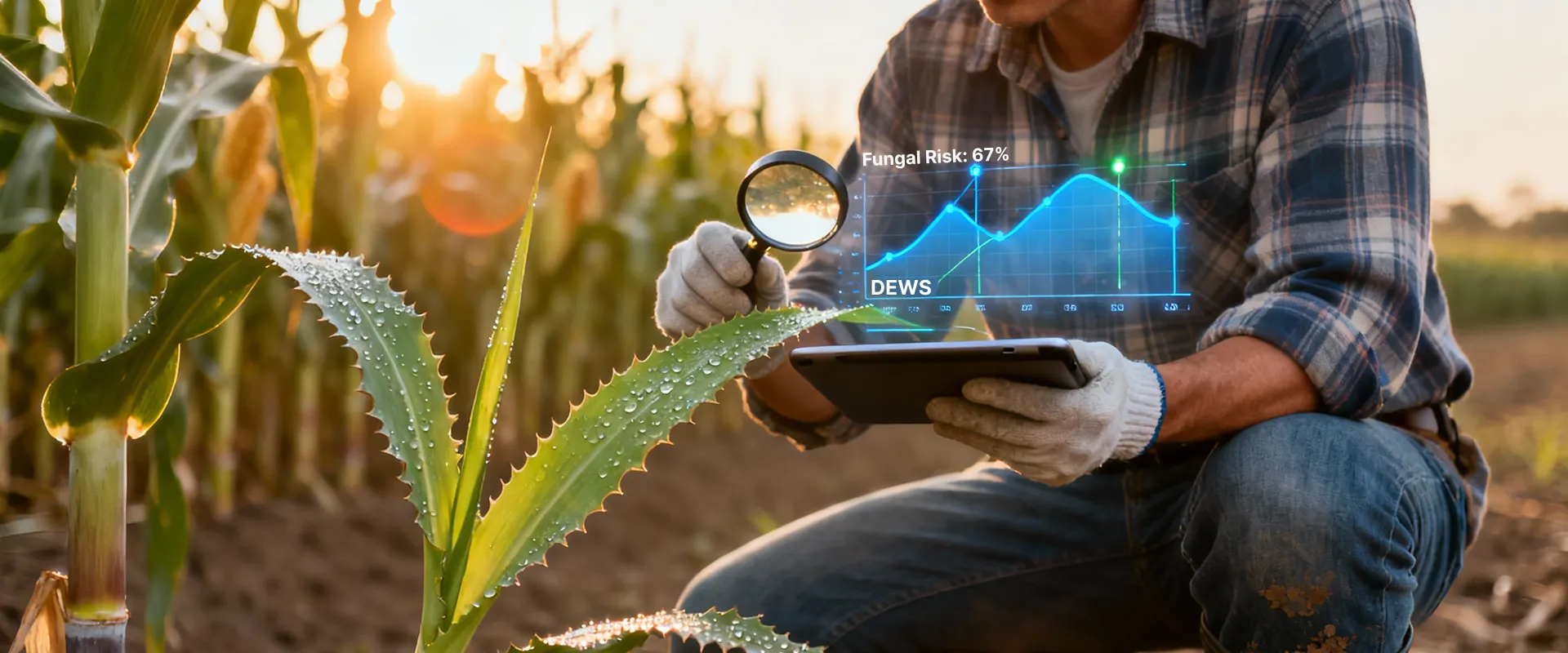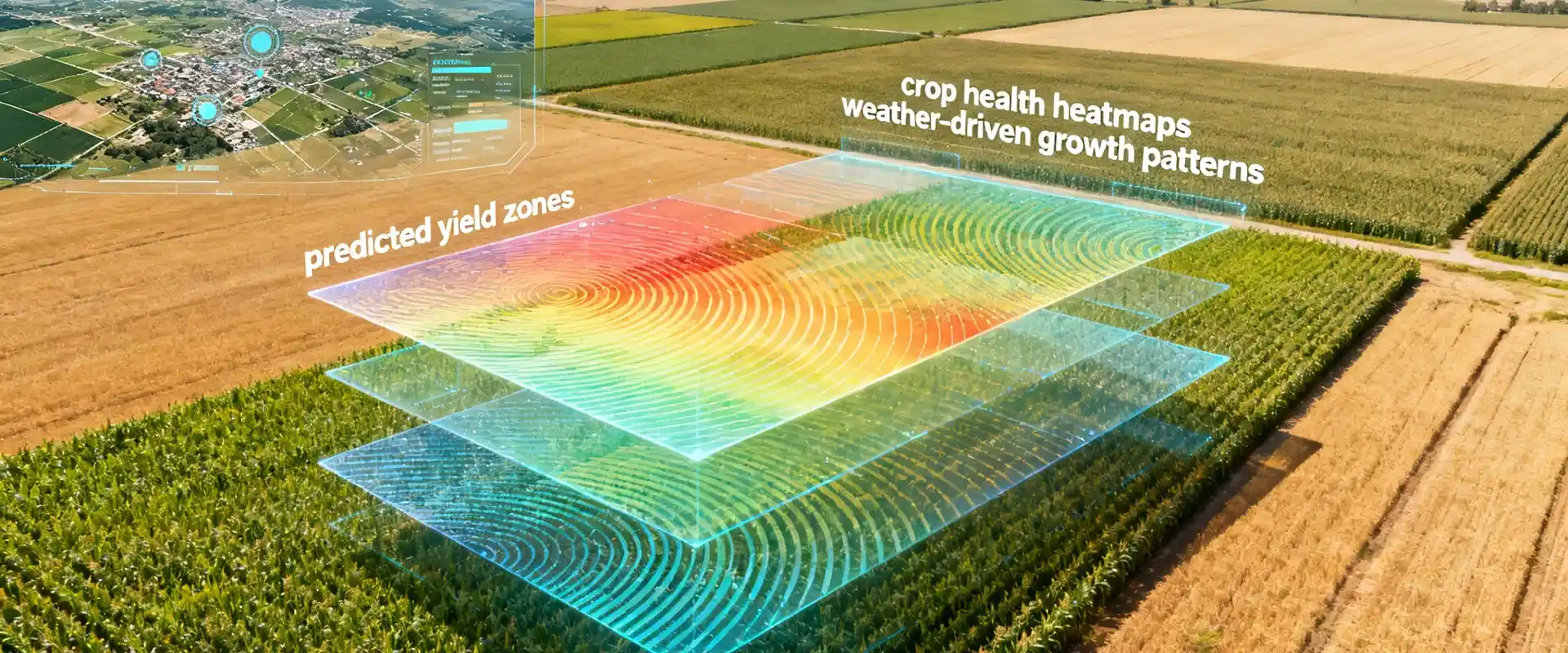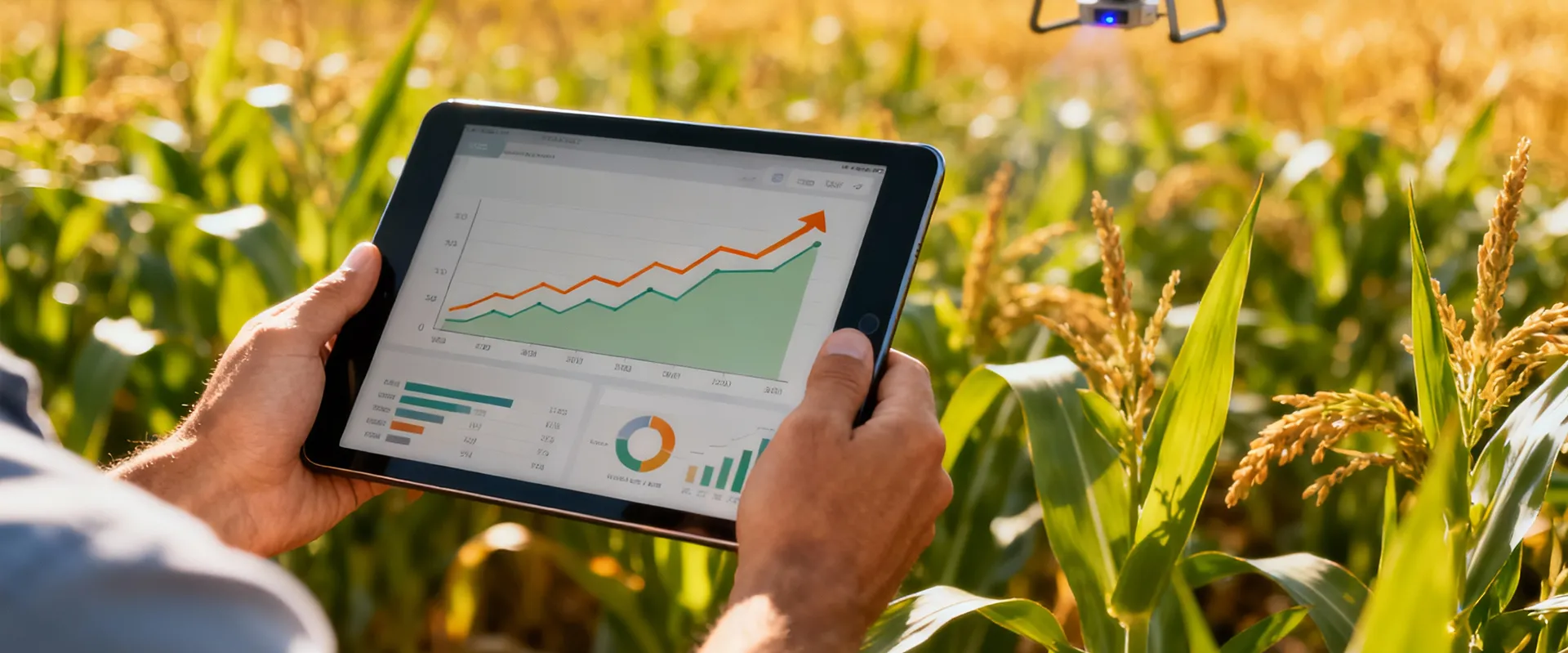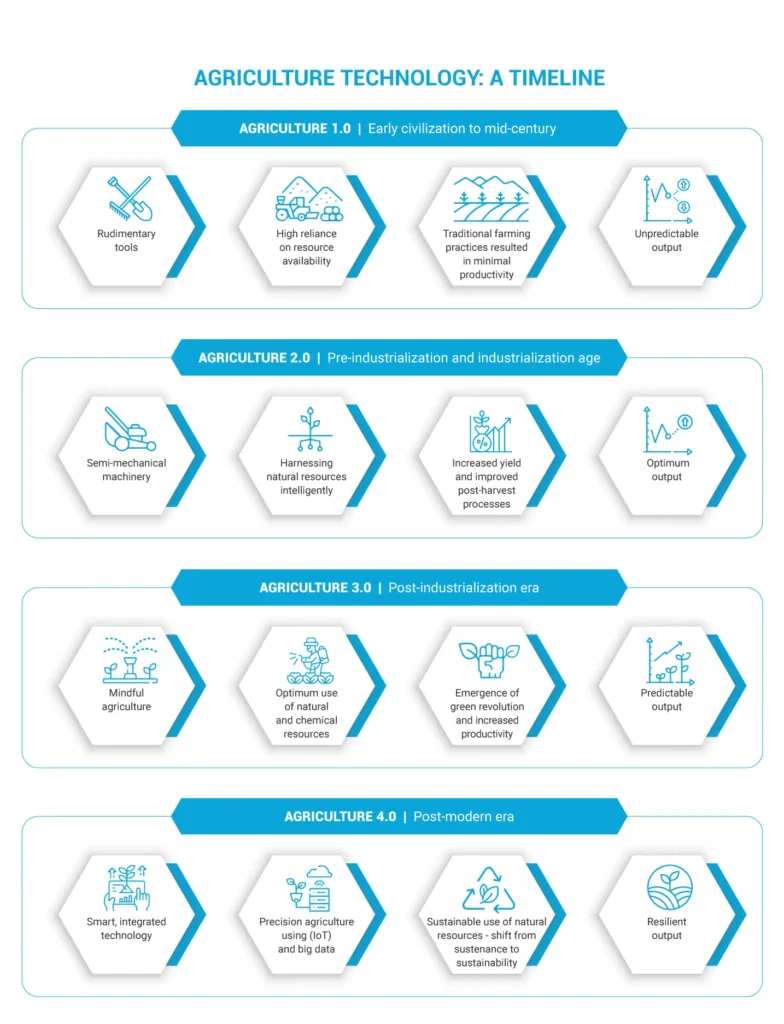
The need to embrace digital agriculture
Today, we stand at a critical juncture in the history of agriculture, food production, and human sustenance. The post-industrialization approach to agriculture and other industries (which has seen an unabashed use of harmful chemicals and polluting practices) has resulted in significant environmental damage and accelerated climate change.
What is digital agriculture and why does it need urgent adoption?
Digital agriculture leverages geospatial and cloud-based farming solutions such as geotagging, Machine Learning, and Artificial Intelligence in agriculture to enable all stakeholders across the value-chain to get comprehensive, real-time intelligence. Accordingly, they can work to ensure better implementation of Package of Practices (PoP), make timely interventions in case of emerging threats, and continually optimize to ensure sustainable operations and best-in-class yields at every stage paving way to climate-resilient agriculture.
Some of the key features that define digital agriculture/smart farming include
On-ground intelligence
Data analytics
Information integration
Short- to mid-term benefits of digital agriculture
- Farm performance and per-acre yield enhancement
- Yield prediction and risk mitigation
- End-to-end traceability and certifications
- Farmer enablement, engagement, and empowerment
- Demand forecasting and supply chain management
- Smallholder farms and sustainable livelihoods
- Adoption of climate smart agriculture
Those leading this change are already reaping the benefits. For instance, a global leader in the seed industry adopted digital agriculture across 32 countries using Cropin’s real-time intelligence. Digitalization enabled the company to positively impact seed quality and yield for more than 2500 varieties; it has set new benchmarks in sustainable farming and scalability with digitally trackable standardized operating practices. Click here to download the case study.

